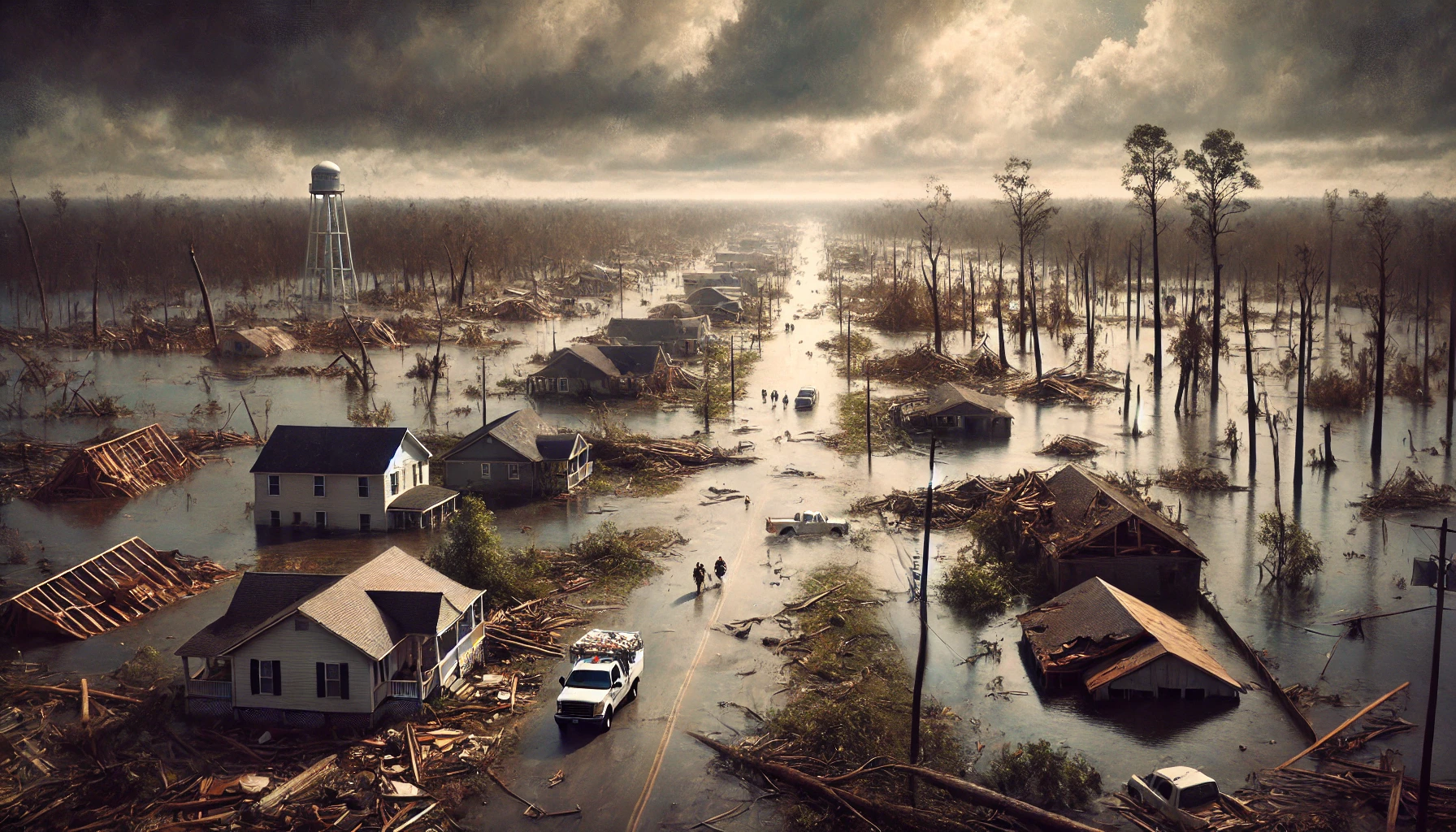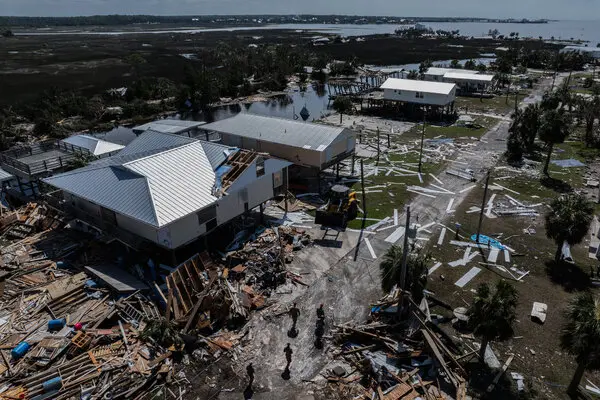The catastrophic impact of Hurricane Helene has left an indelible mark on the Southeastern United States, with the death toll now surpassing 160. The hurricane, one of the most powerful to hit the region in recent memory, unleashed devastation across several states, leaving behind a trail of destruction and despair. As recovery efforts continue, the full extent of the storm’s impact is becoming clearer, with thousands of families displaced, infrastructure crippled, and communities grappling with the loss of life and property.
The Path of Hurricane Helene and Its Impact on the US Southeast
Hurricane Helene made landfall with an intensity that took even seasoned weather experts by surprise. Packing winds of up to 150 mph and accompanied by torrential rain, the storm wreaked havoc across key states, including Florida, Georgia, Alabama, and the Carolinas. Coastal regions were the first to face Helene’s fury, with storm surges inundating cities and towns, washing away roads, homes, and entire neighborhoods.
Florida’s Panhandle was particularly hard-hit, with coastal towns facing severe flooding and widespread property damage. Emergency services were quickly overwhelmed by the sheer scale of the disaster as calls for help poured in from residents trapped in flooded homes or stranded by fallen trees and debris.

Widespread Destruction and Infrastructure Collapse
The physical destruction caused by Hurricane Helene in the US Southeast is staggering. Roads have been torn apart, bridges washed away, and entire power grids disabled. More than two million people across the affected states are still without electricity, and in many areas, it could take weeks to restore full services. In the rural areas of Georgia and South Carolina, entire communities have been cut off due to impassable roads and collapsed bridges, complicating relief efforts.
The damage to the region’s infrastructure will take months, if not years, to fully repair. Highways that serve as lifelines for goods and services are now submerged or blocked by debris, and local businesses—many of them family-owned—face the daunting task of rebuilding after suffering catastrophic losses.
Death Toll and Human Tragedy
The most heartbreaking aspect of Hurricane Helene’s devastation has been the loss of life. The death toll now stands at over 160, with officials warning that the number could rise as search and rescue operations continue. Many of the deaths occurred as a result of flash floods, with people caught unaware by the rising waters. In Georgia, several residents lost their lives after being trapped in their homes when a nearby river overflowed its banks, while in South Carolina, emergency services recovered the bodies of individuals who drowned after being swept away by storm surges.
Local authorities are urging residents to remain vigilant as the cleanup begins, warning that unstable structures, downed power lines, and hazardous floodwaters still pose significant dangers. For many families, the priority is now not just rebuilding their homes but also mourning the loss of loved ones in this unimaginable tragedy.
Rescue and Relief Efforts: A Race Against Time
Rescue operations are underway across the Southeast as teams from FEMA, the National Guard, and local emergency services work tirelessly to reach those still trapped or stranded. Helicopters have been deployed to airlift survivors from rooftops and vehicles stranded in flooded areas, while boat rescue operations have been crucial in coastal and rural regions.
The sheer scale of Hurricane Helene’s impact has stretched emergency services to their limit. Temporary shelters have been set up across multiple states to accommodate the thousands of residents displaced by the storm. Relief agencies like the Red Cross are providing food, water, and medical assistance, but supplies are running low in many areas, and logistical challenges are hampering efforts to get aid to the most isolated communities.
Economic and Environmental Aftermath
Beyond the immediate human cost, Hurricane Helene will have long-lasting economic consequences for the region. The destruction of homes, businesses, and infrastructure is expected to result in billions of dollars in damages. Insurance companies are already bracing for a massive surge in claims, and state and federal agencies are mobilizing resources to assist with rebuilding efforts. However, for many small business owners and homeowners who lacked sufficient insurance, the road to recovery will be long and arduous.
Environmental impacts from Hurricane Helene’s devastation are also becoming apparent. Coastal erosion, deforestation from the high winds, and contamination of water supplies due to flooding are just some of the challenges that environmental agencies will need to address in the months ahead. Additionally, agricultural losses, especially in states like Georgia and Alabama, are likely to affect food production and lead to price increases in the coming months.

Government Response and Future Preparedness
In the wake of Hurricane Helene, local and federal authorities have been quick to respond, but the scale of the disaster has revealed critical gaps in preparedness and response infrastructure. President [Name] has declared a state of emergency in the affected states, unlocking federal funds and resources to assist with relief efforts. Governors of the hardest-hit states have praised the resilience of local communities but have called for a thorough review of disaster preparedness protocols to prevent future tragedies.
Looking forward, climate experts are warning that hurricanes of Hurricane Helene’s intensity could become more frequent due to climate change, making it crucial for coastal communities to invest in stronger, more resilient infrastructure. The devastation caused by Helene has reignited the debate on how to best protect vulnerable populations from the increasingly severe impacts of extreme weather events.
Conclusion: The Long Road to Recovery After Hurricane Helene
The devastation wrought by Hurricane Helene will be felt in the US Southeast for years to come. As rescue and recovery efforts continue, the resilience and solidarity of affected communities are being tested in ways that many have never experienced. For the families who have lost loved ones, homes, and livelihoods, the path to healing and rebuilding will be long and filled with challenges. However, with continued support from local, state, and federal agencies, along with the efforts of relief organizations, there is hope that these communities can recover, rebuild, and emerge stronger from the tragedy.








